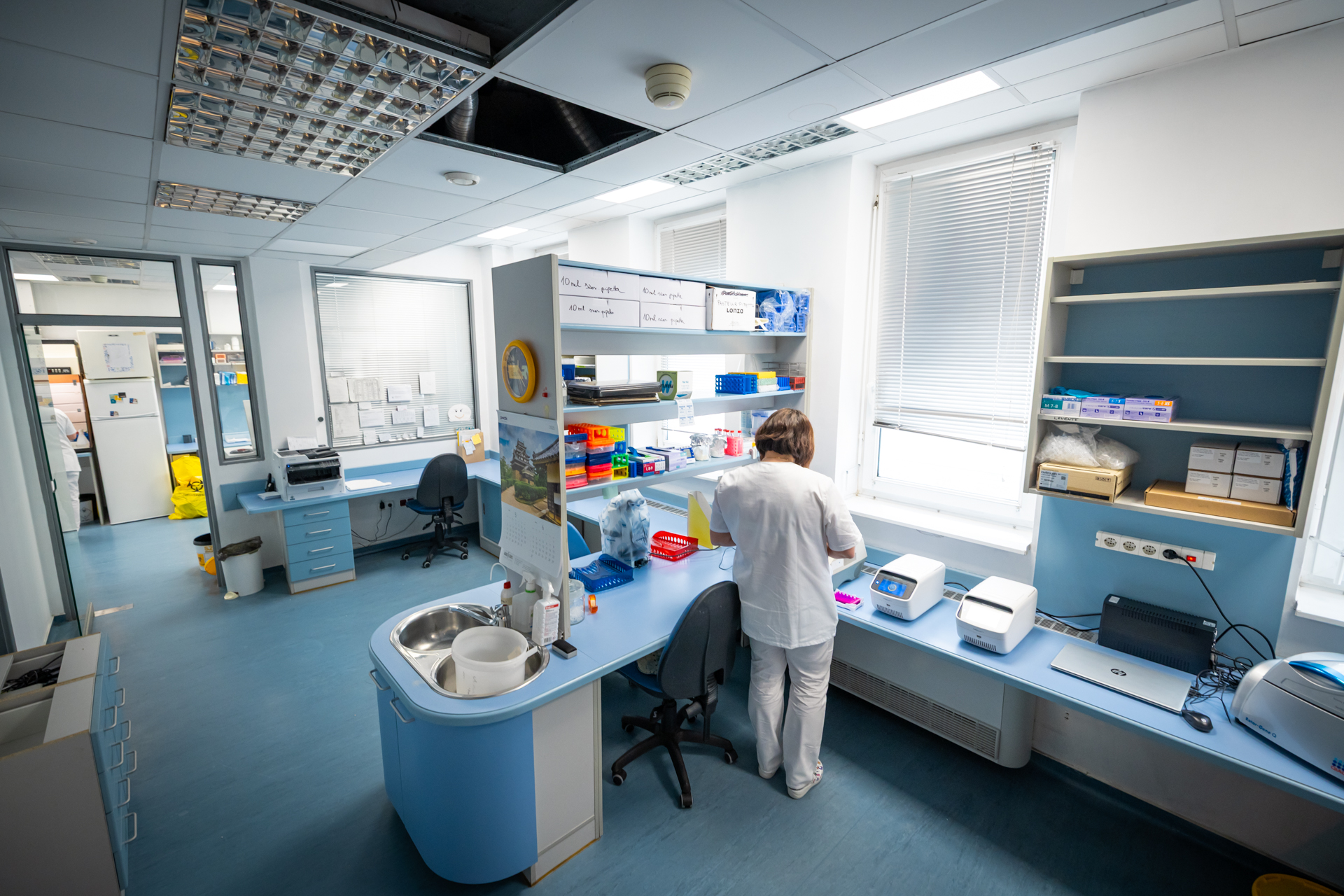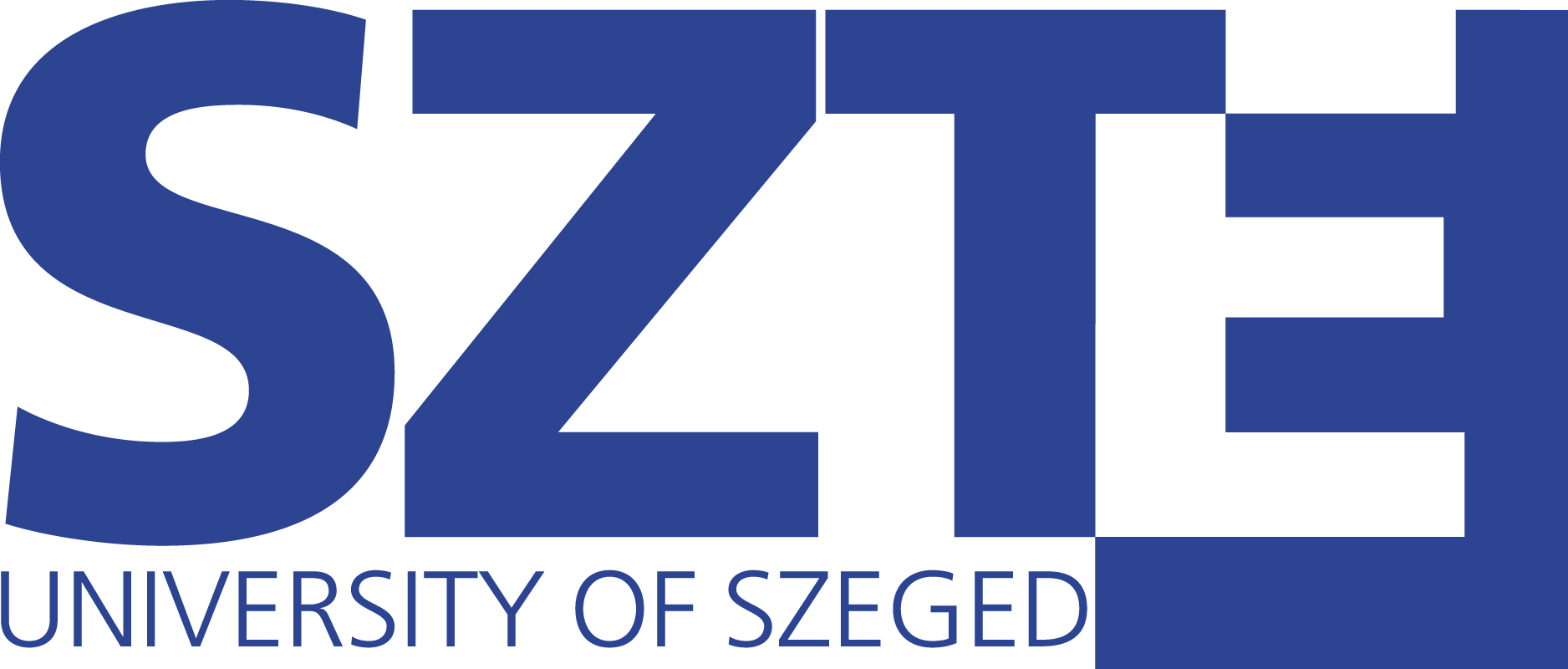
Two new laboratories were inaugurated on May 15, 2025, at the Institute of Pathology within the Albert Szent-Györgyi Clinical Center of the University of Szeged. The Central Sequencing Laboratory and the Ormos Jenő Molecular Pathology Diagnostic Center were established with nearly half a billion forints in funding. These twin facilities are especially valuable in situations where swift decision-making is critical – for example, in cases involving severe neonatal conditions, immune deficiencies, or rare genetic disorders.
On May 15, 2025, the University of Szeged held an official ceremony at the Institute of Pathology within the Albert Szent-Györgyi Clinical Center to officially open two new laboratories – marking the university’s latest step forward in healthcare.
The Central Sequencing Laboratory enables the rapid identification of the genetic origins of disease, which is vital in cases where precise diagnosis is essential to effective treatment. In fact, rapid sequencing techniques, including whole exome and genome analysis, have become pillars of personalized medicine by allowing for the swift and accurate detection of hereditary conditions. These services are indispensable when rapid therapeutic decisions must be made – for instance, in life-threatening neonatal conditions, cases of severe immunodeficiency, or during the genetic investigation of rare and complex disorders.

On May 15, 2025, the Central Sequencing Laboratory and the Ormos Jenő Molecular Pathology Diagnostic Center were officially inaugurated at the Institute of Pathology of the University of Szeged.
Pictured: Prof. Dr. László Rovó, Dr. Judit Fendler, and Dr. habil. András Vörös
Photo by István Sahin-Tóth
Working in parallel and in close collaboration with the Central Sequencing Laboratory, the Ormos Jenő Molecular Pathology Diagnostic Center is also beginning operations. Developed from the former DNA isolation laboratory at the University of Szeged’s Institute of Pathology, the new center will focus primarily on diagnostic testing – with a special emphasis on clinical tumor diagnostics.

Photo: Ádám Kovács-Jerney
At the May 15 inauguration ceremony, Prof. Dr. Márta Széll, Vice-Rector for Strategic Affairs at the University of Szeged, emphasized the growing significance of genetics in healthcare and therapeutic innovation. In her speech, she noted that the successful mapping of the human genome is considered a milestone on par with the moon landing.
Dr. Judit Fendler, Chancellor of the University of Szeged, pointed out that the inauguration was the second major laboratory opening at the university within a single week – recalling that just days earlier, a new research center had been opened at the Institute of Biology, in the presence of Katalin Karikó. She described the research center as unique in the Central and Eastern European region and underlined the social relevance of both projects and their contribution to strengthening the University’s role in key areas of healthcare. She added that, following the launch of the Phase I Trial Site and the SZTE Biobank, the two newly inaugurated laboratories form part of a broader strategic initiative – one that will continue with further innovations, including the integration of artificial intelligence into data analysis through the use of supercomputing technologies.

Dr. Judit Fendler, Chancellor of the University of Szeged
Photo: István Sahin-Tóth
“We’ve set in motion a process that is quite exceptional in Hungary: the University of Szeged intends to invest both its prospective EU funds and internal resources in cutting-edge technologies. Our aim is to create opportunities that drive progress in the university’s core missions. In our strategic planning, we are prioritizing areas of excellence where we have already demonstrated significant success. It is no coincidence that earlier this week we inaugurated the Host-Pathogen Interaction Center – an initiative that received both professional and financial support from Katalin Karikó. We plan to make full use of all these new facilities to enhance education, research, medical care, and the university’s collaborations with industry,” emphasized the Chancellor.
The benefits of the investment are multifaceted. The Central Sequencing Laboratory, now inaugurated, provides a cutting-edge infrastructure that delivers tangible improvements to everyday clinical practice. Its services enable the rapid identification of the genetic background of diseases – especially in cases where precise diagnosis is crucial for effective treatment and where time is of the essence.
Professor Dr. Csaba Lengyel, President of the Albert Szent-Györgyi Clinical Center at the University of Szeged, placed the latest development project in historical perspective, highlighting the lasting professional and personal legacy of Jenő Ormos. He noted that Professor Ormos’s influence continues to shape the values and outlook of the Szeged medical community – including his own.
During the event, several speakers emphasized that the launch of the new laboratories will expand the range of diagnostic services while reducing costs. These include diagnostics for solid tumors, liquid biopsies, and genetically based diseases. The development will also increase participation in research projects, foster regional collaboration, and support high-quality external research initiatives.

Photo: Ádám Kovács-Jerney
The new equipment and its supporting infrastructure allow patients at the University of Szeged to undergo essential examinations more rapidly, accurately, and safely – directly enhancing the quality of healthcare in the region. This increased efficiency is more than a technical upgrade: speed can mean the difference between life and death, as it accelerates diagnostics, helps avoid unnecessary procedures, and ensures that treatment begins without delay. In this way, the two laboratories – by serving both diagnostic and research purposes – play a vital role in raising the overall standard of patient care.
In his welcome speech, Dr. habil. András Vörös, Head of the Institute of Pathology, described the inauguration ceremony as a historic moment. He went on to emphasize importance of the new labs for those who stand to benefit most: “I wish to recognize the cancer patients who are not present at today’s event, yet for whom this development holds the greatest promise,” he said. “With faster molecular pathology diagnostics, they will gain access to the most effective targeted treatments, further enhancing their prospects for recovery.”

Operating the advanced instruments of the Central Sequencing Laboratory requires a team of highly skilled professionals.
Photo: Ádám Kovács-Jerney
Dr. Zsuzsanna Újfaludi, manager of the facility, emphasized that the newly inaugurated twin laboratories not only represent a significant milestone but also open the door to further developments. As an important step in this process, the laboratories – maintained under tightly controlled sterile conditions – were officially commissioned for use by the expert staff following the ribbon-cutting ceremony.
Original Hungarian article by Ferenc Lévai
Photos: István Sahin-Tóth, Ádám Kovács-Jerney

